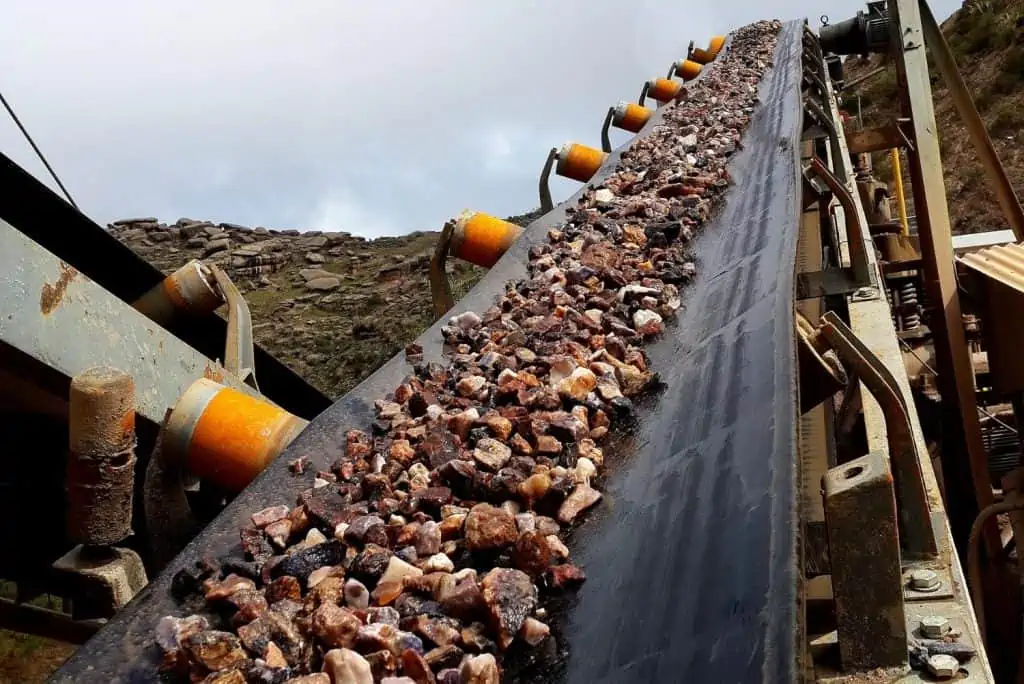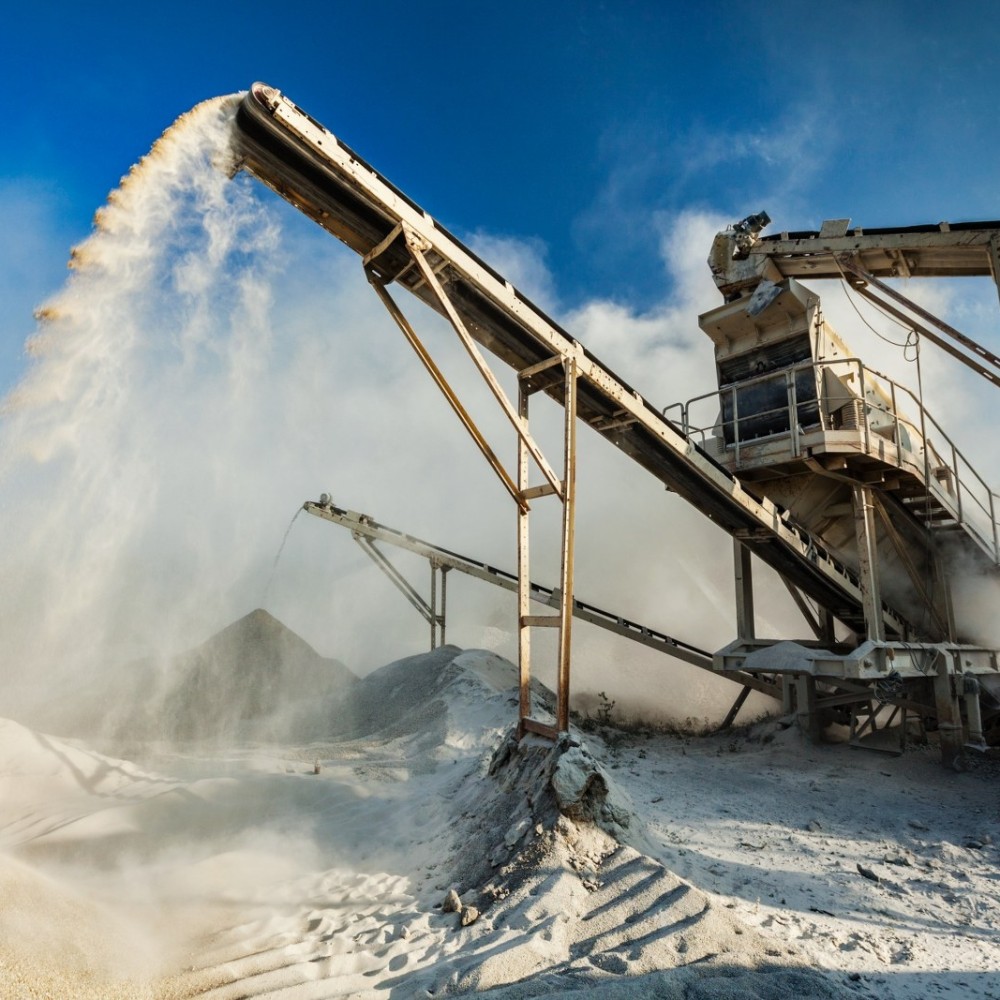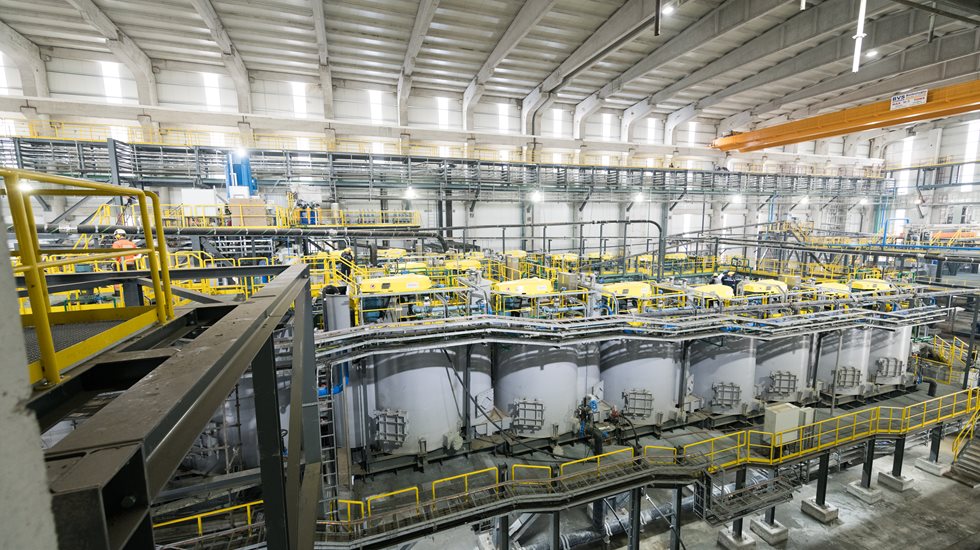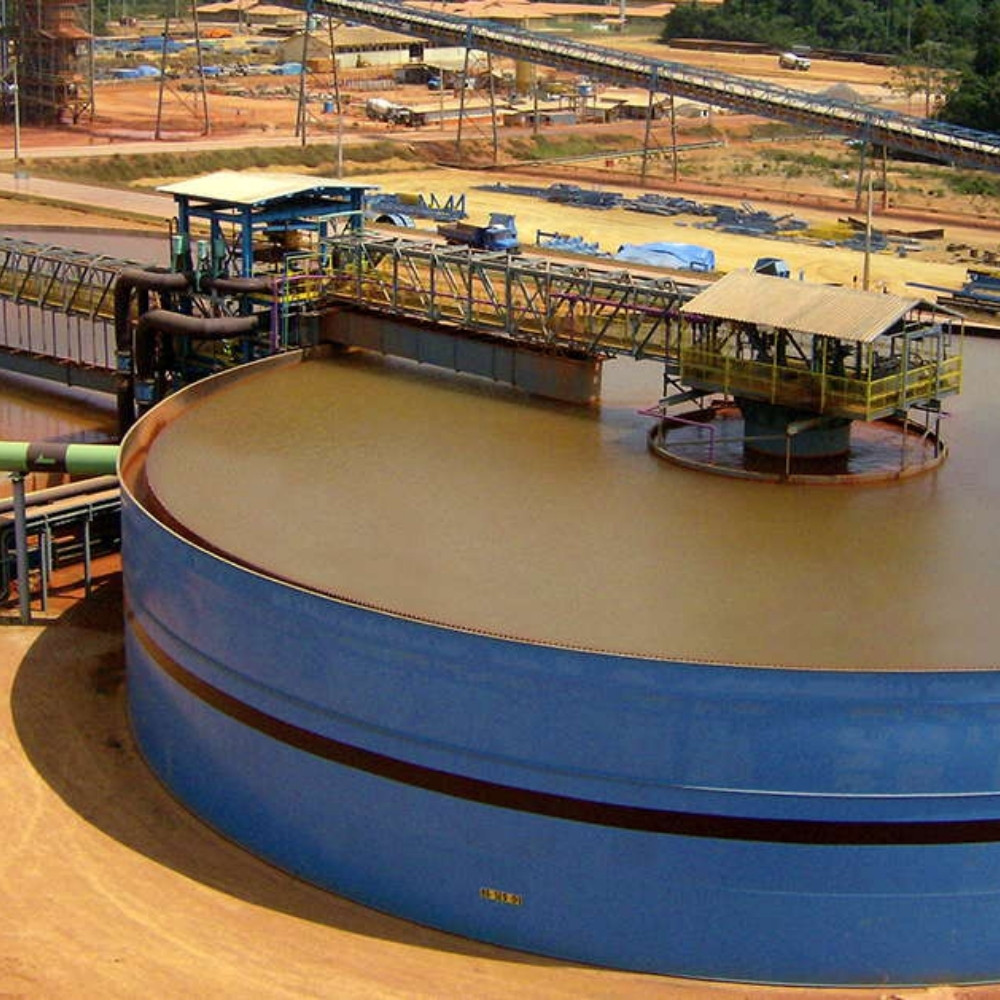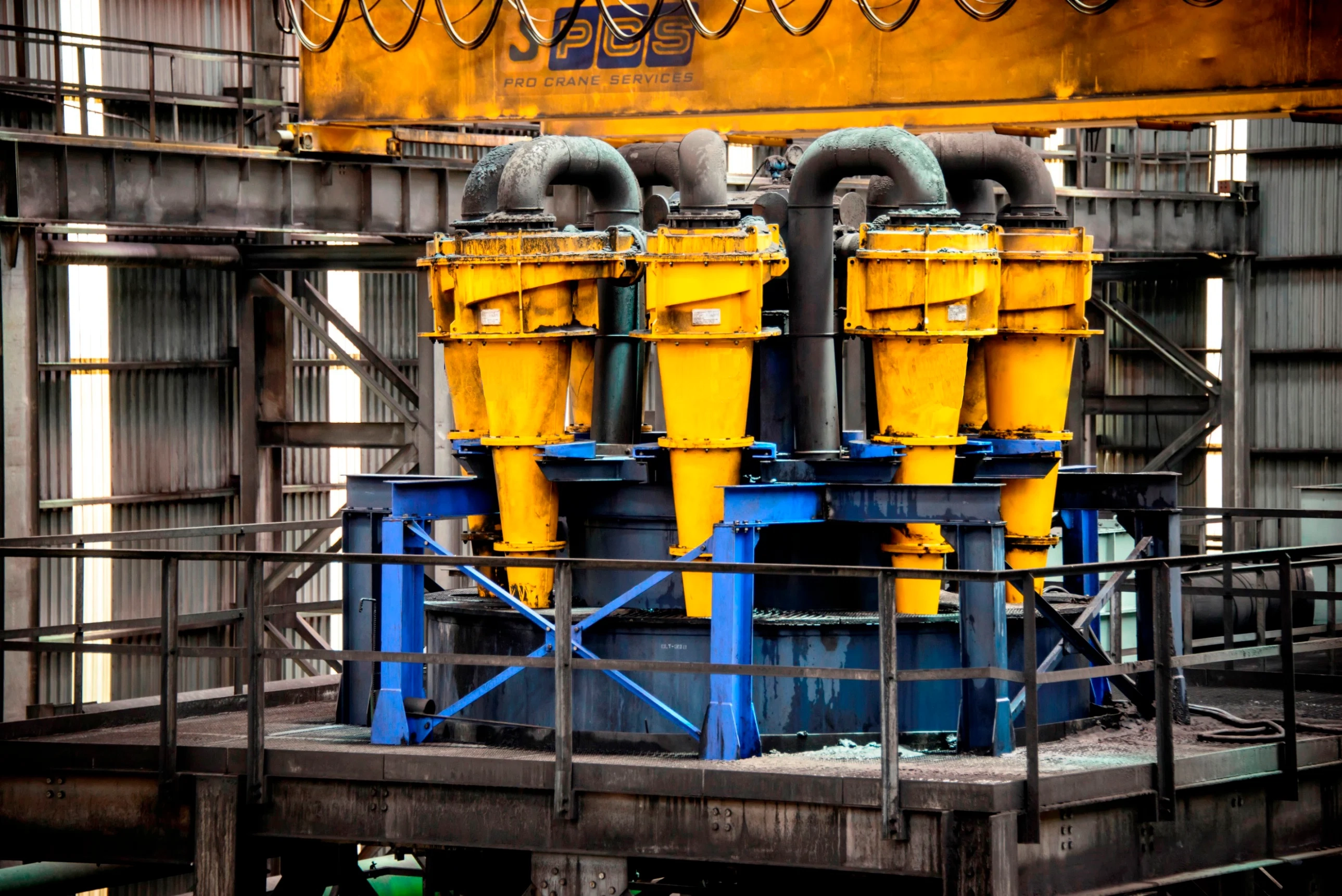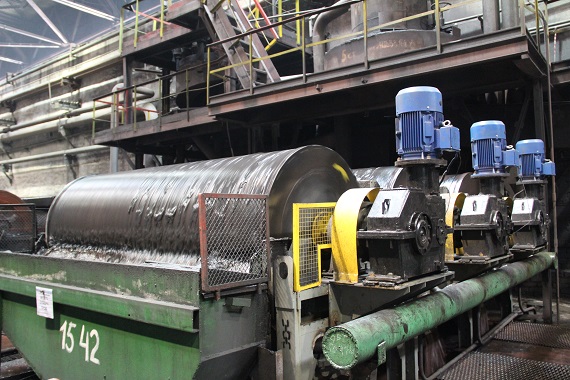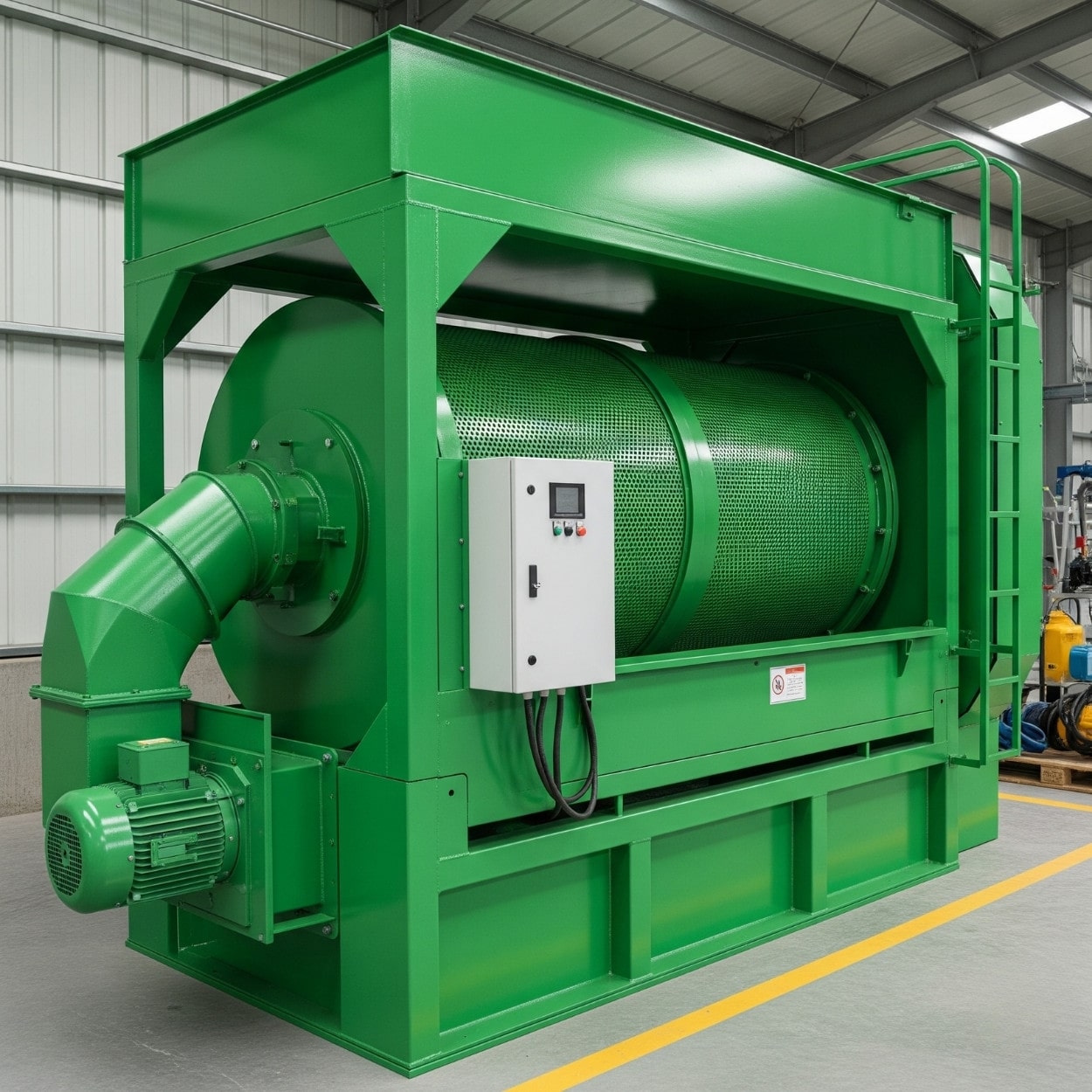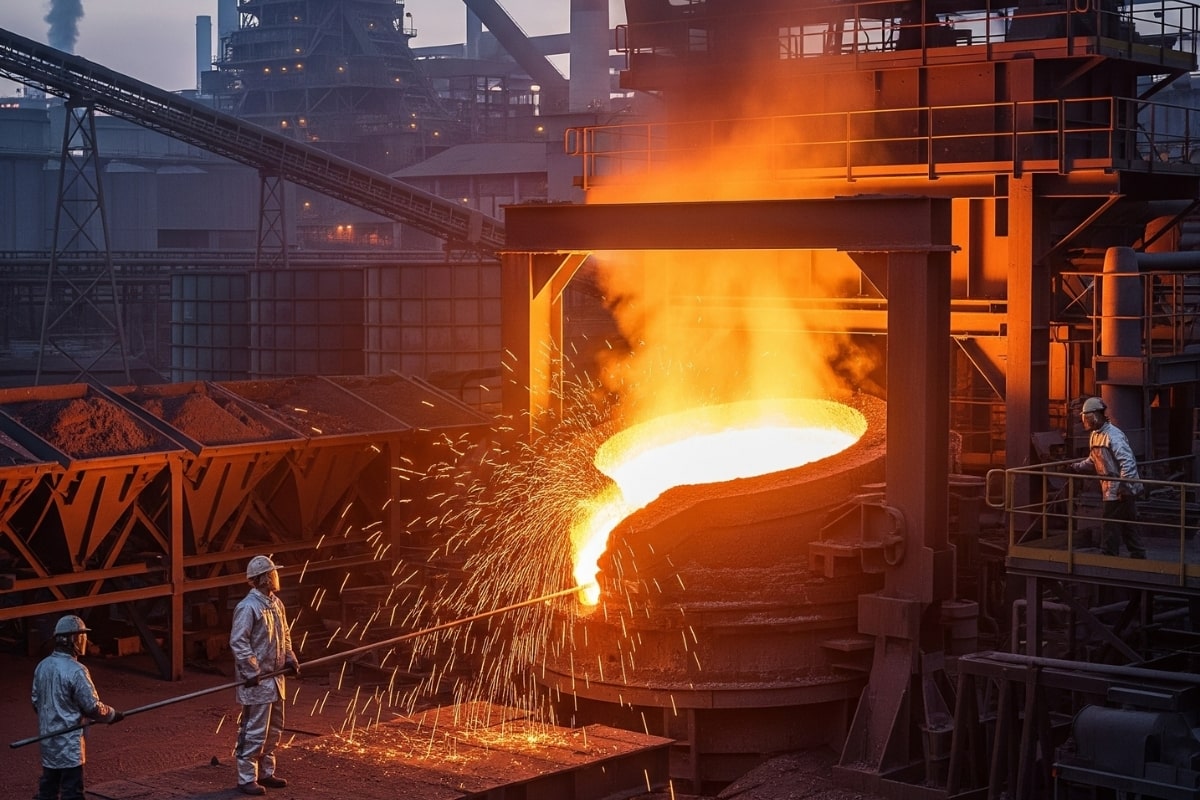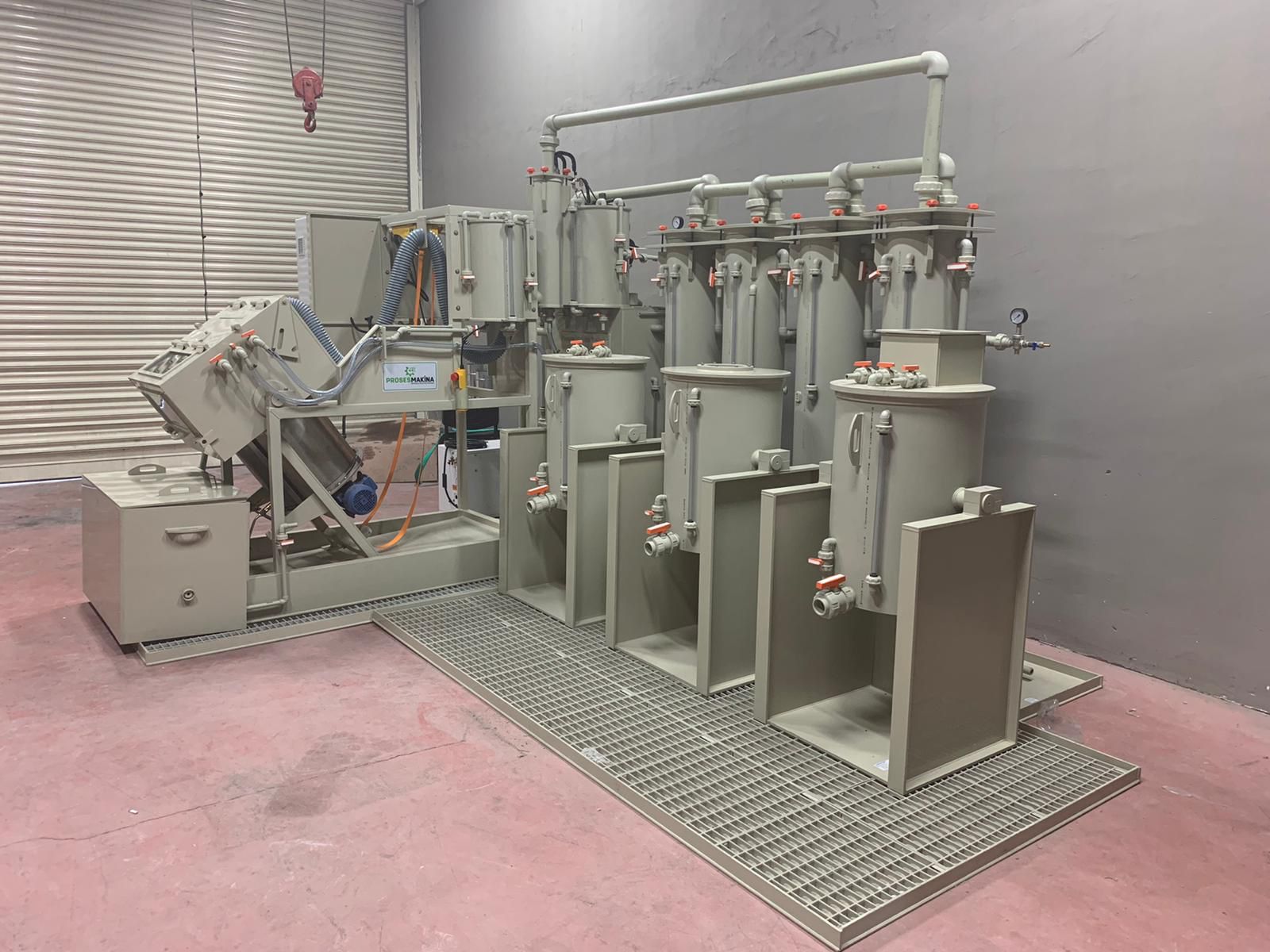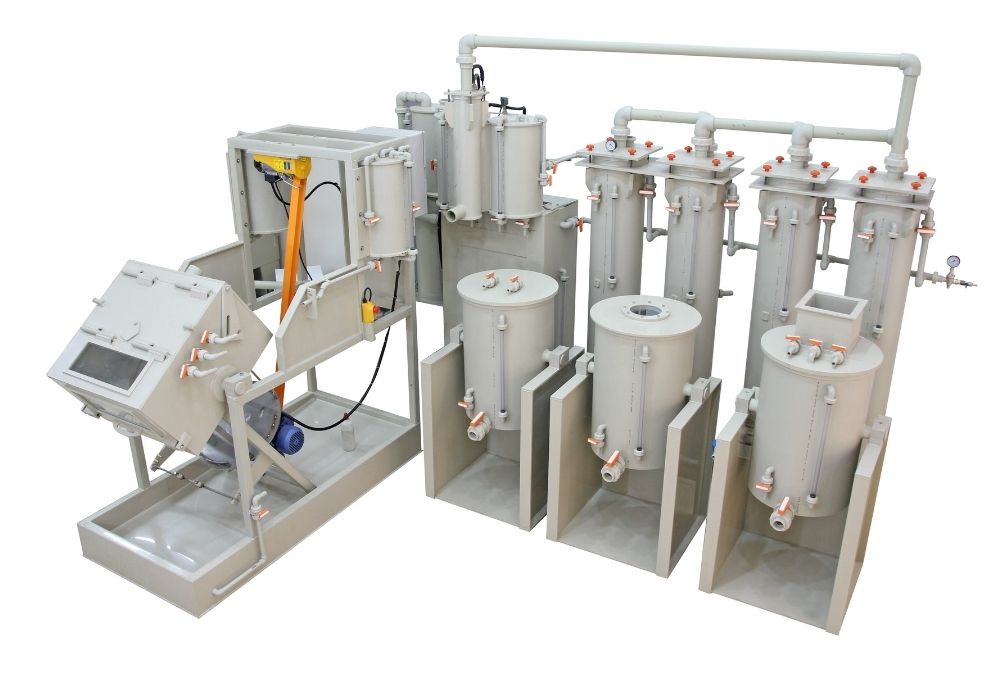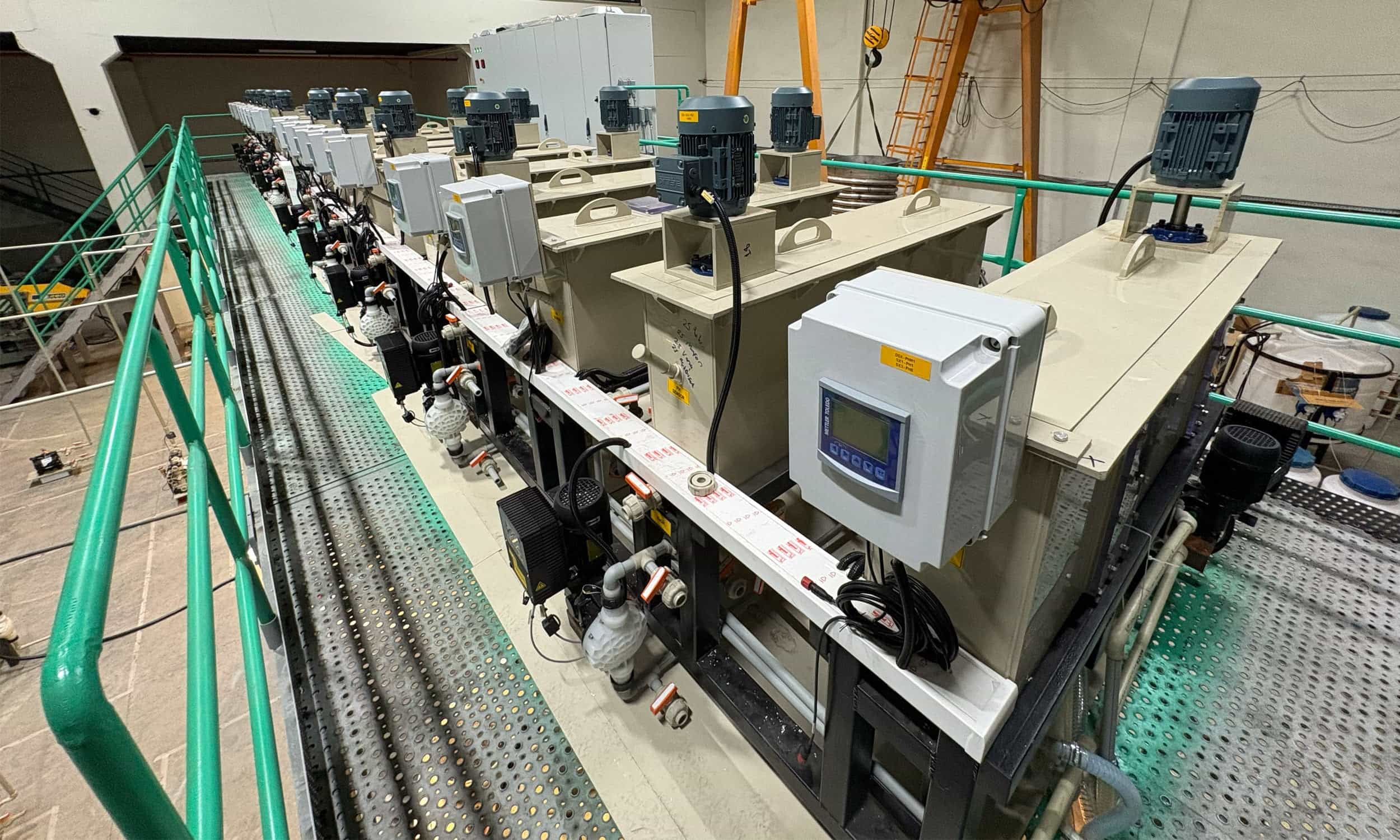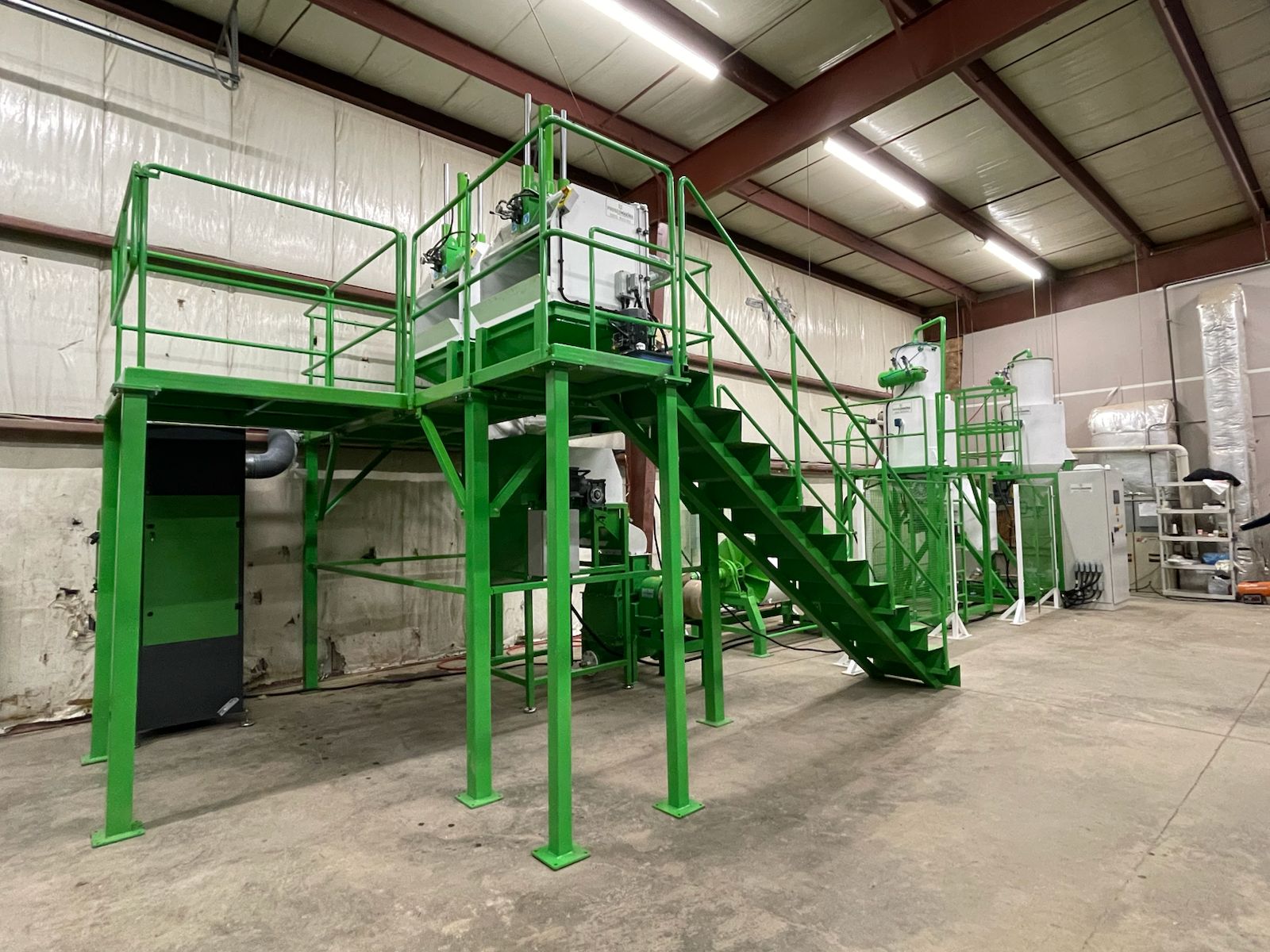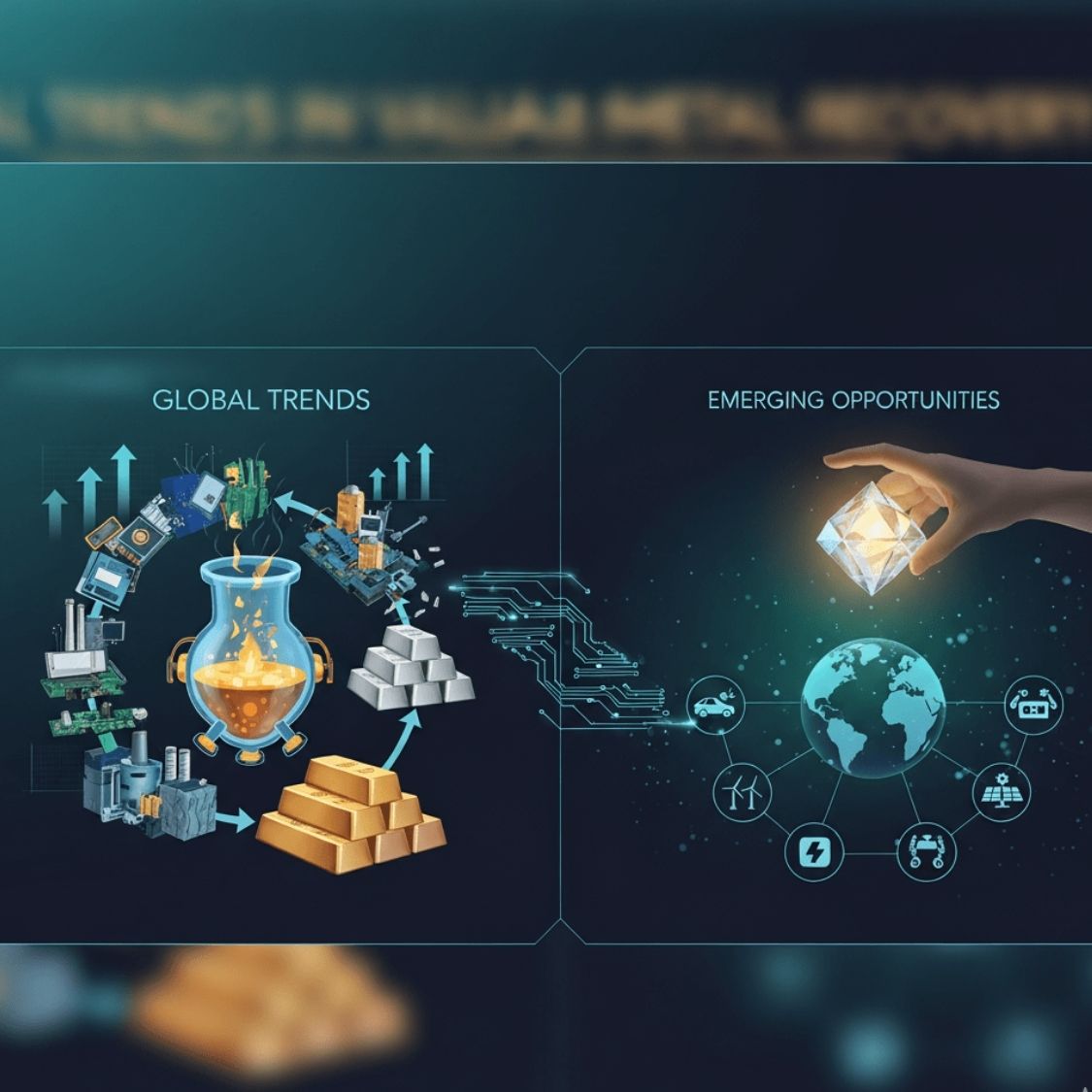Global Trends in Valuable Metal Recovery and Emerging Opportunities
Around the world, the recovery of valuable and critical metals is shifting from a niche sustainability effort into a central pillar of industrial strategy. The urgency stems from three converging forces: rapid electrification, geopolitical supply risks, and the global race toward net-zero manufacturing. As resources such as lithium, cobalt, nickel, rare earth elements, and platinum group metals become indispensable for clean technologies, the ability to extract them from waste streams rather than the ground is reshaping the global resource economy.
A New Resource Frontier
Traditional mining has long been the foundation of metal supply, yet its social and environmental footprint has made the industry increasingly unsustainable.according to IDTechEx research forecasts that, by 2046, secondary sources of critical materials could deliver more than eight million tons annually an amount that would significantly reduce dependence on virgin mining. Nations and corporations now view recycling not only as a climate action but as a matter of national security. Supply shocks during recent trade disruptions revealed how concentrated some metal markets remain, prompting governments in Europe, North America, and Asia to accelerate circular material policies.
Figure 1 Global recovery of critical materials is projected to surge by 20× by 2046 — driven by electrification, digitalization, and the rise of circular manufacturing systems.
The global market for precious and strategic metal recovery is growing rapidly. In 2024, it was estimated to be worth nearly 19 billion USD, with projections surpassing 29 billion USD by 2033. This growth mirrors the expansion of electric vehicles, wind turbines, and advanced electronics all of which generate complex waste streams rich in valuable metals.
The Expanding Feedstock Landscape
Modern recovery strategies no longer focus solely on traditional scrap. Instead, they target three major waste categories: electronic waste, end-of-life batteries, and industrial by-products, these are most topic ones. Each represents a distinct opportunity.
Electronic waste remains the most visible frontier. Globally, more than 50 million tons of e-waste are generated annually, containing gold, silver, palladium, and copper in concentrations sometimes higher than primary ores. The e-waste recycling sector alone is projected to exceed 14 billion USD by 2029. Similarly, catalytic converters and automotive components are now primary sources for platinum, palladium, and rhodium—metals vital to emission control systems. In some cases, recycled platinum group metals already contribute over 20 percent of the total global supply.
Battery recycling, however, is emerging as the most transformative force. As electric vehicles reach end of life, vast volumes of spent lithium-ion cells will enter the recycling stream. Recovering lithium, cobalt, and nickel from these cells is not only economically promising but essential to closing the loop in the energy transition.
Technological Innovation as a Catalyst
The efficiency and viability of metal recovery depend heavily on technological innovation. Hydrometallurgical and pyrometallurgical processes have been refined to handle complex waste matrices, while new methods such as bioleaching, solvent extraction, and ionic liquid recovery are unlocking additional yields. For example, state-of-the-art hydrometallurgical techniques can now recover up to 90 percent of precious metals from industrial waste, dramatically improving economics.
Automation and digitalization are accelerating this shift. Artificial intelligence and sensor-based sorting systems enable recyclers to identify and separate materials with unprecedented precision, reducing losses and contamination. Meanwhile, process modeling and digital twins once confined to semiconductor manufacturing are now being applied to optimize recovery yields in metal refining plants.
Regional Dynamics and Policy Momentum
Different regions are approaching metal recovery through unique pathways. In Asia-Pacific, home to the world’s largest manufacturing base, governments are investing heavily in recycling infrastructure to cope with soaring e-waste and battery waste volumes. Japan, for instance, is expanding its capacity for processing recycled materials to secure domestic supply of high-purity metals.
Europe, on the other hand, treats metal recycling as a strategic pillar of its Green Deal Industrial Plan. The European Union’s Critical Raw Materials Act mandates minimum recovery targets and sets up strategic stockpiles to ensure resilience. Electric arc furnace (EAF) steelmaking “powered by recycled scrap” is being prioritized to decarbonize the continent’s metallurgical industries.
In North America, federal incentives and corporate sustainability pledges are pushing recyclers to scale up operations. The United States is building regional recycling hubs for EV batteries, while Canada is investing in rare earth magnet recovery to reduce reliance on imports from Asia.
Opportunities and Barriers Ahead
Despite its promise, the recycling industry faces several structural challenges. Waste streams are often unpredictable in both timing and composition, complicating logistics and feedstock planning. The lack of product designs optimized for disassembly still limits recovery efficiency batteries, for instance, remain difficult and hazardous to dismantle. Market volatility in metal prices also threatens profitability, as sudden drops can make recycling uneconomical.
Yet the opportunity remains immense. Establishing stable supply agreements between recyclers and manufacturers, adopting “design for recycling” principles, and introducing minimum recycled-content standards can all mitigate risks. Strategic partnerships across the value chain, linking mining, recycling, and manufacturing, will be crucial to scaling the circular metals economy.
Toward a Circular Metal Future
The global momentum behind valuable metal recovery signals a fundamental shift in how societies view waste and resources. Recycling is no longer an afterthought; it is becoming a front-line strategy for competitiveness, resilience, and sustainability. As technology continues to advance and regulatory frameworks mature, the next two decades will likely witness the rise of an integrated circular metals ecosystem—one capable of delivering both environmental and economic dividends.
At this critical juncture, Proses Makina stands out as one of the companies enabling this transformation through its advanced recovery technologies. The company develops turnkey systems for precious and base metal extraction from e-waste, catalytic converters, and industrial residues, combining mechanical separation, hydrometallurgical refinement, and digital process control. Its modular, scalable designs allow manufacturers and recyclers to achieve high-purity metal recovery while reducing energy consumption and operational losses. By aligning its innovations with global sustainability and circular economy goals, Proses Makina empowers industries to capture the full value of secondary resources—turning today’s waste into tomorrow’s strategic advantage.

